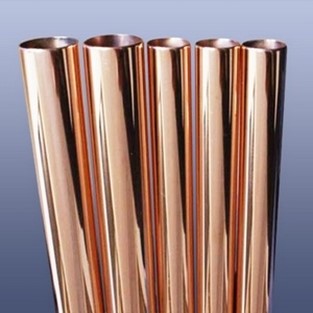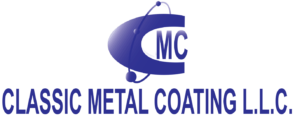
Metal finishing is an important technology now, and it would be interesting to remember that when the trend first came in, it was just experimental. But now it is hugely popular, and hence, widely used. Electroplating is a process that gives finishing to the metal, so it provides a good base for other kinds of plating.
So what is copper plating?
In simple terms, copper plating is the process of depositing a thin layer of copper on top of the metallic surface with the help of strong electric current. Rustic copper plating services is a process done mainly for functional and decorative processes. Copper plating serves as an undercoat for other types of plating since it produces dull or tiny, glossy or satin finish. Copper plating is the most common form of plating after nickel plating. Before copper plating is done, the material has to be cleaned so the process will be smooth, without imperfections.
Primarily, copper plating is done for different types of applications. Check them out:
- As primary undercoating for nickel or silver plating
- For coating coins to increase their easiness and durability
- In the big aerials fixed user railways
- As an antibacterial in medical and laboratory materials
- Renovating pans and pots
Types of copper plating
There are different kinds of copper plating. They are:
Acid Copper
The acid copper bath consists of acids, copper ions, addicts and either fluoborate or sulfate ions. However, there are some advantages and disadvantages to using acid copper.
The main advantages are:
- Has low material cost
- Relatively easy bath maintenance and control
- Wide range of composition.
- The main disadvantages are:
- Less throwing power
- Not compatible for plating directly on active metals because of lack of proper adhesion
Cyanide Copper
Cyanide Copper is one of the most popular in rustic copper plating services. Through this technique you can deposit a thin, smooth layer on the metal surface of an active metal. This would then go through additional plating. However, the disadvantage with this technique is that it should never be used by amateurs because cyanide is not a chemical you work without proper precautions. And the advantage is that Cyanide Copper baths are alkaline in nature, and so has better throwing better. It can generally plate evenly on metals and provide better adhesion than their acidic or Pyrophosphate plating.
Pyrophosphate Copper
Pyrophosphate Copper is mildly alkaline in nature and was used in the plating of circuit boards. This is essentially a non-toxic process, with Copper Pyrophosphate dissolved in Potassium Pyrophosphate. In copper plating in UAE, this process of plating is ideally used where you need to plate steel components, where high ductility is needed and as a lubricant for deep-drawing applications.
Copper plating applications
Copper plating can be done on plastics and on precious metals like gold, silver and palladium. When copper plating is done on plastic, it will make the plastic stronger, chemical and corrosion resistant and can effectively reflect damaging UV light.
If you are interested in learning more about rustic copper plating services get in touch with a company that offers various copper plating services suitable for different projects. This way you would be able to identify whether to choose acidic or alkaline copper plating.




